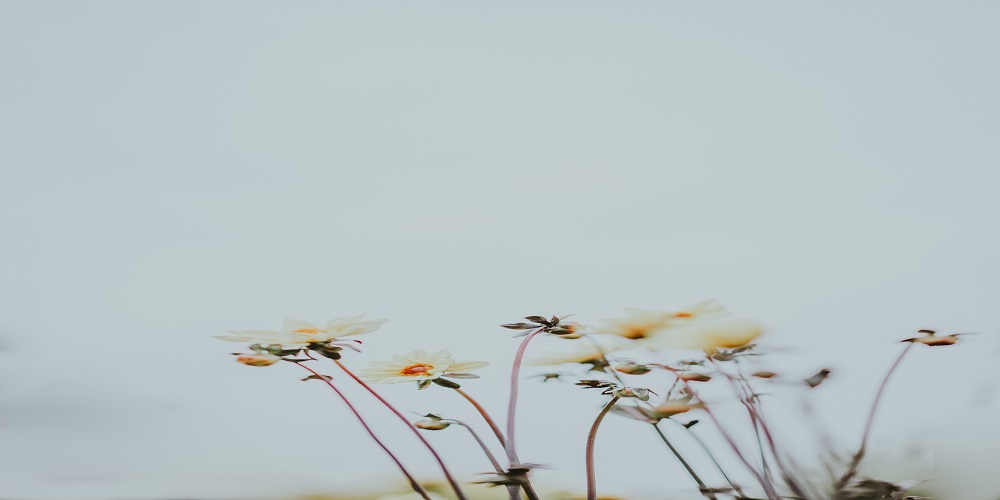When it comes to enhancing the visual appeal and taste of your culinary creations, consider adding a touch of nature’s beauty – edible flowers. These vibrant and flavorful blooms are not just for decoration; they can elevate your dishes to a whole new level.
In this article, we will explore the world of edible flowers and how they can add colour and flavour to your cuisine. Whether you’re a seasoned chef or a home cook in Canada, this information will inspire your culinary creativity by incorporating Toronto’s fresh flowers in the process.

A Blooming Palette: Types of Edible Flowers
Edible flowers come in a variety of shapes, sizes, and flavours.
Here are some popular options:
Nasturtiums: These vibrant orange and yellow flowers have a peppery taste, making them an excellent addition to salads and sandwiches.
Violets: Violets have a delicate, sweet flavour and can be used to garnish desserts, drinks, or even salads.
Calendula: Also known as marigold, calendula petals add a mild, citrusy flavour to dishes and are often used in soups and stews.
Lavender: With its aromatic and slightly sweet taste, lavender is perfect for infusing desserts and beverages.
Pansies: Pansies have a mild, grassy flavour and are often used to decorate cakes, pastries, and salads.
Rose: Rose petals have a floral, fruity taste and can be used in a wide range of dishes, including jellies, jams, and desserts.
Culinary Uses: How to Incorporate Edible Flowers
Now that you know about the variety of edible flowers available, let’s explore how to use them in your cooking:
Salads: Edible flowers make stunning salad garnishes. Sprinkle them over your greens for a burst of colour and flavour.
Desserts: Decorate cakes, cupcakes, and other desserts with edible flowers to add an elegant touch.
Beverages: Freeze edible flowers in ice cubes to add a touch of sophistication to your drinks. You can also infuse them into cocktails and teas.
Soups and Stews: Add edible flowers like calendula to your soups and stews for a unique twist on flavour and presentation.
Preserves: Create homemade jams and jellies with edible flowers like rose petals for a delightful, fragrant spread.
Harvesting and Safety Guidelines
Before diving into the world of edible flowers, it’s essential to keep these guidelines in mind:
Source: Ensure your edible flowers are sourced from reputable suppliers, such as Toronto fresh flower providers, who offer organically grown blooms.
Pesticide-Free: Always use edible flowers that have not been treated with pesticides or other chemicals.
Identification: Be absolutely certain of the flower’s identity before consuming it. Some flowers may look similar but are not edible.
Allergies: Be aware of potential allergies. If you have allergies to certain plants, exercise caution when trying new edible flowers.
Conclusion:
Edible flowers are nature’s gift to culinary enthusiasts, providing a burst of colour, flavour, and creativity to your dishes. Whether you’re a professional chef or a home cook in Canada, experimenting with these blooms can take your cooking to new heights.
If you’re inspired to explore the world of edible flowers and elevate your culinary creations, consider sourcing your blooms from Toronto fresh flowers providers. They can supply you with a variety of organically grown, pesticide-free edible flowers, ensuring both safety and flavour in your dishes.
Start adding a touch of nature’s beauty to your cuisine and watch your culinary skills bloom!
